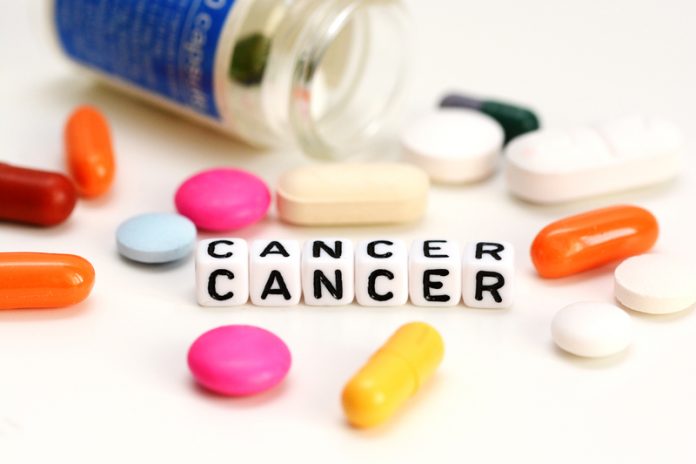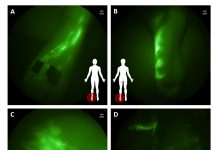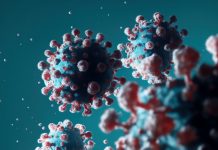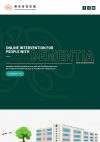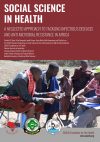Dr Martin English, Consultant Paediatric Oncologist and member of the Royal College of Paediatrics and Child Health (RCPCH) explains the challenge of curing cancer in the world’s children
The outcome of treatment for children’s cancer isn’t good enough. Yes, it is one of the success stories of medicine over the past 50 years, but there is more to do. Today over 80% of those diagnosed with cancer in Western Countries before their fifteenth birthday will be cured. But in a cruel twist of the 80:20 rule, four in five of the world’s children with cancer don’t even get adequate pain relief, never mind the chance of cure.
But I’m a paediatric oncologist, so my glass is half full. Let’s SWOT childhood cancer from two directions. The rich and the poor. Our strength is we are already four-fifths of the way to cure. Curing cancer in children requires access to chemotherapy, specialised surgery, and radiotherapy. Some cancers can be cured with one modality alone, such as chemotherapy for the commonest form of cancer, acute lymphoblastic leukaemia (ALL), or surgery to remove an eye affected by retinoblastoma – a cancer occurring in the first few years of life. Others require a complex integration of all three modalities.
The successes enjoyed in the West can be reaped more quickly in the developing world. The organisation of services starts with basic immunisation to improve immunity and general health. It moves on to safe access to blood product supplies and the availability of CT and MR scans. Access to specialist surgery, intensive care and radiotherapy is also necessary. These all need to be available not as stand-alone services, but as integrated multi-disciplinary teams to provide seamless care.
Globally, the biggest weakness is the cost of care to families. The treatment of a child with cancer is expensive. But even if care itself is free and relatively simple, the cost of one parent having to stay with the sick child in a hospital and the other possibly having to stop work to look after siblings makes treatment abandonment a major problem in the developing world. In Western countries, the stark choice of treating one child, but letting your others starve is not there because of social security systems. However, there may still be a major impact on a family’s income if there is one child with a chronic illness and one or both parents must give up work. Malignancy in a child is one reason for families to slip below the poverty line.
In the West, we have opportunities to try and cure the one in five children who currently die. There is a whole new treatment paradigm developing for cancer generally using manipulations of the immune system, such as CAR T-cell therapy and treatment that blocks the pathways cancer cells use to grow out of control. However, therapies that may work in adults may have unacceptable problems in children. For example, the treatment that blocks the Sonic Hedgehog Pathway (yes, that really is what it is called) in cancer may also cause the growth plates in the limbs and spine to fuse with the result that a child stops growing and ends up as a very short adult if their tumour is cured.
Cancer is the commonest cause of death in childhood in the West, but through great efforts, death rates continue to fall even when other causes of death such as accidents and infection are also causing less mortality.
In the poorest countries, simply improving health care systems to provide basic nutrition, immunisation, primary and secondary healthcare will create a situation where it is possible for some children to be cured with simple surgical interventions, such as for the eye cancer retinoblastoma.
We know that 50% of children with acute lymphoblastic leukaemia can be cured with what is now regarded as a relatively gentle out-patient based treatment over two to three years and once there are basic health care infrastructures in place that can be provided relatively simply throughout the world, then these children can be cured in resource-limited settings. In the developed world, over 90% of children with ALL are cured by significantly more intensive treatments. If we could identify the half who are cured with simpler regimes, we could save significant costs and reduce the burden of treatment on children and families.
Finally, what are the threats? In the developed world more and more is spent on diminishing returns. Part of the art of paediatric oncology is recognising when further treatment is futile and attempts at cure may result in unnecessary suffering. The biggest returns globally will be in middle-income countries, where organising services already available can quickly move survival rates from well under to over 50%.
And finally, a cure does come at a cost. Survivors of childhood cancer are more likely to have chronic health conditions than others and as numbers increase, appropriate long-term health care needs to be available to reduce later ill health.
Dr Martin English
Consultant Paediatric Oncologist and member of the
Royal College of Paediatrics and Child Health (RCPCH)
Tel: +44 (0)20 7092 6000



